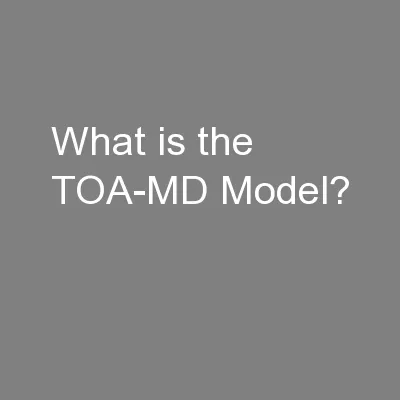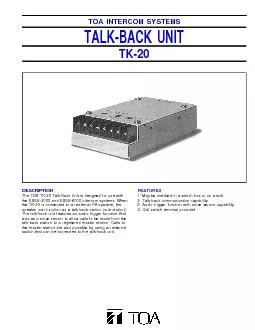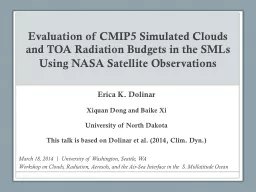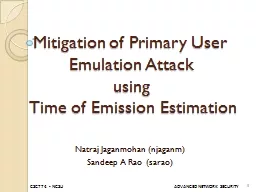PPT-What is the TOA-MD Model?
Author : alexa-scheidler | Published Date : 2016-09-07
Basic Concepts and an Example John Antle Roberto Valdivia Agricultural and Resource Economics Oregon State University wwwtradeoffsoregonstateedu What is the TOAMD
Presentation Embed Code
Download Presentation
Download Presentation The PPT/PDF document "What is the TOA-MD Model?" is the property of its rightful owner. Permission is granted to download and print the materials on this website for personal, non-commercial use only, and to display it on your personal computer provided you do not modify the materials and that you retain all copyright notices contained in the materials. By downloading content from our website, you accept the terms of this agreement.
What is the TOA-MD Model?: Transcript
Download Rules Of Document
"What is the TOA-MD Model?"The content belongs to its owner. You may download and print it for personal use, without modification, and keep all copyright notices. By downloading, you agree to these terms.
Related Documents














